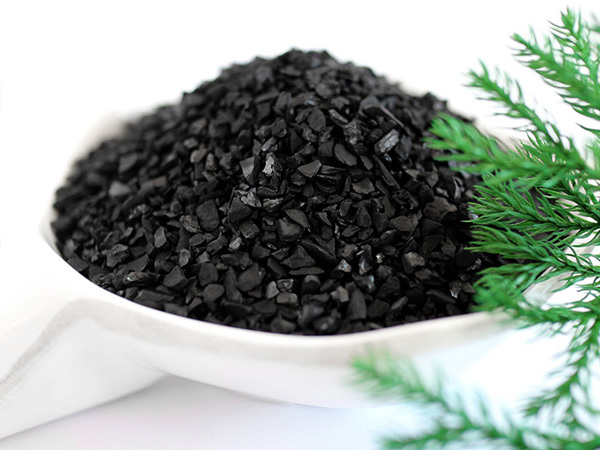-
About UsShanxi Carbon New Material Technology Co., Ltd. is a service-oriented environmental protection material enterprise focusing on scientific research, development and processing. The company has developed well and its operating income has increased year by year.

-
ProductsActivated carbon refers to the carbonaceous material after carbonization, activation treatment, with developed pore structure, large specific surface area, selective adsorption capacity of carbon adsorbent.

-
ApplicationsProducts are mainly involved in sewage treatment, water depth treatment, waste incineration, flue gas desulfurization and denitrification, gas refining, solvent recovery and other industries, to provide more suitable activated carbon products and supporting solutions.

-
NewsTimely understanding of carbon section new material science and technology news trends, the exchange of industry dynamic information.

Products are mainly involved in sewage treatment, water depth treatment, waste incineration, flue gas desulfurization and denitrification, gas refining, solvent recovery and other industries, to provide more suitable activated carbon products and supporting solutions.
VIEW MOREProducts are mainly involved in sewage treatment, water depth treatment, waste incineration, flue gas desulfurization and denitrification, gas refining, solvent recovery and other industries, to provide more suitable activated carbon products and supporting solutions.
VIEW MOREProducts are mainly involved in sewage treatment, water depth treatment, waste incineration, flue gas desulfurization and denitrification, gas refining, solvent recovery and other industries, to provide more suitable activated carbon products and supporting solutions.
VIEW MOREApplication of Activated Carbon in Water Purification Technology
Release time:
2024-05-21
At present, the use of activated carbon is very wide, urban drinking water treatment process to remove suspended solids, turbidity and pathogenic microorganisms coagulation → sedimentation → filtration → disinfection regular treatment process, and according to the characteristics of the source water to select the appropriate treatment structure type, combined into drinking water treatment process. Disinfection methods are mainly chlorine disinfection, and a few water plants use chlorine dioxide, ozone or ultraviolet disinfection. The effluent quality is generally required to meet the national standards for drinking water quality.

At present, the use of activated carbon is very wide, urban drinking water treatment process to remove suspended solids, turbidity and pathogenic microorganisms coagulation → sedimentation → filtration → disinfection regular treatment process, and according to the characteristics of the source water to select the appropriate treatment structure type, combined into drinking water treatment process. Disinfection methods are mainly chlorine disinfection, and a few water plants use chlorine dioxide, ozone or ultraviolet disinfection. The effluent quality is generally required to meet the national standards for drinking water quality.
For water sources with good water quality, traditional water treatment processes can obtain safe and qualified drinking water. However, with the pollution of source water, the traditional water treatment process can not meet the requirements for the problems of removing organic matter and reducing the content of three nitrogen in drinking water. Although the drinking water in most areas has been regular treated, it still contains a variety of trace organic matter, especially the toxic, harmful, teratogenic, carcinogenic and mutagenic substances are gradually increasing, which people drink for a long time, there will be vertigo, fatigue, hair loss, increased incidence of cancer and other phenomena. With the rapid development of urbanization and industrialization, new pathogenic microbial factors continue to appear in drinking water, and chlorination can not effectively kill pathogenic bacteria, viruses and chlorine-resistant pathogenic parasites such as Giardia cysts and Cryptosporidium oocysts in water. The emergence of chlorine-resistant pathogenic microorganisms such as Cryptosporidium also calls into question the traditional chlorination process.
Key words:
Activated carbon
Carbon
- All
- Product Management
- News
- Introduction
- Enterprise outlets
- FAQ
- Enterprise Video
- Enterprise Atlas
RELATED INFORMATION
Address: 24th Floor, Building B, No. 8 Zhichuangcheng, Wanbailin District, Taiyuan City, Shanxi Province, China
Telephone: 86 351 4250555
Mobile: 86 13754813618
E-mail:wwh@shanxicarbontech.com

QR code





